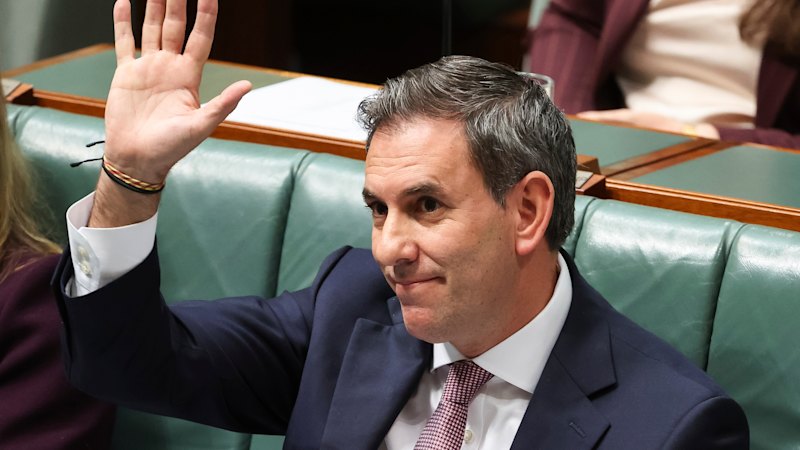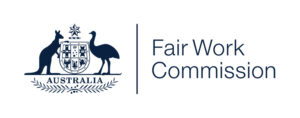
The latest inflation data has presented significant challenges for Treasurer Jim Chalmers and the Reserve Bank of Australia (RBA), with the inflation rate climbing back to 3% in the September quarter. This increase marks the largest quarterly rise in prices in two and a half years, exacerbating concerns surrounding the government’s economic policies and the ongoing cost of living crisis.
The September quarter results revealed a headline inflation increase, attributed in part to the conclusion of electricity subsidies. The data indicates that inflation pressures are not only persistent but also widespread. Notably, prices for lamb, which experienced a 17% annual decline in March 2022, surged by 10% over the past year, driven by farmers rebuilding their flocks. Meanwhile, global issues have led to rising costs for chocolate and coffee, as well as eggs, significantly impacted by avian flu outbreaks.
Housing costs have also seen substantial increases, with new home prices rising by 1.1% in the last quarter. Builders have reduced promotional offers that previously helped control costs. Local councils contributed to this inflationary trend by implementing the largest quarterly increase in property rates and charges seen in over a decade, with rates in Brisbane soaring by 8.4%, the highest increase since 1998.
Childcare costs are experiencing a resurgence, partly due to governmental efforts aimed at increasing wages for underpaid staff in the sector. The underlying inflation rate, which is closely monitored by the RBA, jumped by a full percentage point to 3%. This metric is derived by excluding the most significant price fluctuations. The Bureau of Statistics reported that there were so few price declines in the September quarter that it had to omit several items that saw increases.
The political implications of these inflation figures are significant. Chalmers did not address the media directly following the release of the data, instead opting to issue a press release and face questions from shadow treasurer Ted O’Brien in Parliament. The situation presents a critical opportunity for Chalmers to advocate for more robust government policies to enhance productivity and mitigate price pressures.
At the RBA’s headquarters, the figures present a dual challenge. The Reserve Bank is tasked with maintaining inflation within a target range of 2% to 3% while striving for full employment. Recent employment reports indicate that achieving these goals will be increasingly difficult. Both Bullock and Chalmers have previously noted how inflation has decreased without significantly harming the job market over the past three years, but the current data suggests that the balance is becoming more precarious.
In the backdrop of these economic challenges lies a pressing issue for Bullock and other political leaders. Not long ago, many central banks operated under negative interest rates, while the RBA’s rates remained comparatively low. There has been ongoing debate regarding when the era of low interest rates will end. Demographic shifts and evolving economic conditions suggest that interest rates below 3% may no longer be sustainable. Communicating this reality to voters and borrowers could be a daunting task, akin to sharing an unsettling ghost story around a campfire.
As the government navigates these inflationary pressures, the focus will likely shift towards exploring policies that not only address immediate economic concerns but also lay the groundwork for long-term stability. The coming months will be crucial for Chalmers and the RBA as they work to balance the challenges posed by rising inflation with the need to support the employment market.






